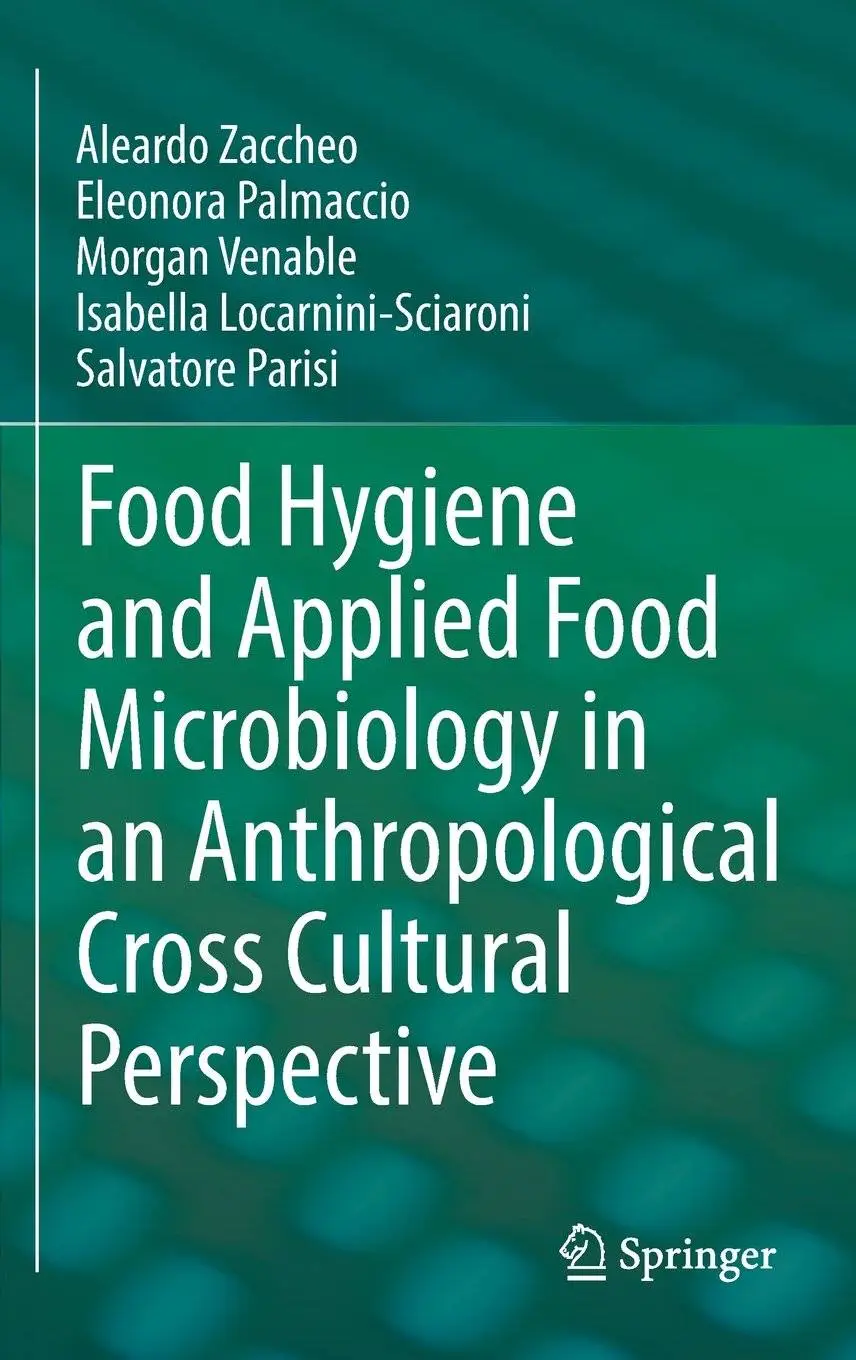Food Hygiene and Applied Food Microbiology in an Anthropological Cross Cultural Perspective
Springer | Food Science | December 2016 | ISBN-10: 3319449737 | 109 pages | pdf | 4.31 mb
Springer | Food Science | December 2016 | ISBN-10: 3319449737 | 109 pages | pdf | 4.31 mb
Authors: Zaccheo, A., Palmaccio, E., Venable, M., Locarnini-Sciaroni, I., Parisi, S.
Demonstrates that food safety is a multidisciplinary scientific discipline
Considers the many factors that contribute to foodborne illness
Discusses and compares strategies to provide and to ensure food and water safety
The book demonstrates that food safety is a multidisciplinary scientific discipline that
is specifically designed to prevent foodborne illness to consumers. It is generally assumed
to be an axiom by both nonprofessionals and professionals alike, that the most
developed countries, through their intricate and complex standards, formal trainings
and inspections, are always capable of providing much safer food items and beverages
to consumers as opposed to the lesser developed countries and regions of the world.
Clearly, the available data regarding the morbidity and the mortality in different areas
of the world confirms that in developing countries, the prevalence and the incidence of<
presumptive foodborne illness is much greater. However, other factors need to be taken
into consideration in this overall picture: First of all, one of the key issues in developing
countries appears to be the availability of safe drinking water, a key element in any
food safety strategy. Second, the availability of healthcare facilities, care providers, and
medicines in different parts of the world makes the consequences of foodborne illness
much more important and life threatening in lesser developed countries than in most
developed countries.
It would be therefore ethnocentric and rather simplistic to state
that the margin of improvement in food safety is only directly proportional to the
level of development of the society or to the level of complexity of any given national
or international standard. Besides standards and regulations, humans as a whole have
evolved and adapted different strategies to provide and to ensure food and water safety
according to their cultural and historical backgrounds. Our goal is to discuss and to
compare these strategies in a cross-cultural and technical approach, according to the
realities of different socio-economic, ethnical and social heritages.
Number of Pages
XI, 109
Number of Illustrations and Tables
1 b/w illustrations, 1 illustrations in colour
Topics
Food Science
Public Health
Click Here for More books



